How precision imaging leads to better health outcomes
Disease diagnosis has come a long way in the past century in no small part due to the significant contributions made by advanced precision imaging technology.
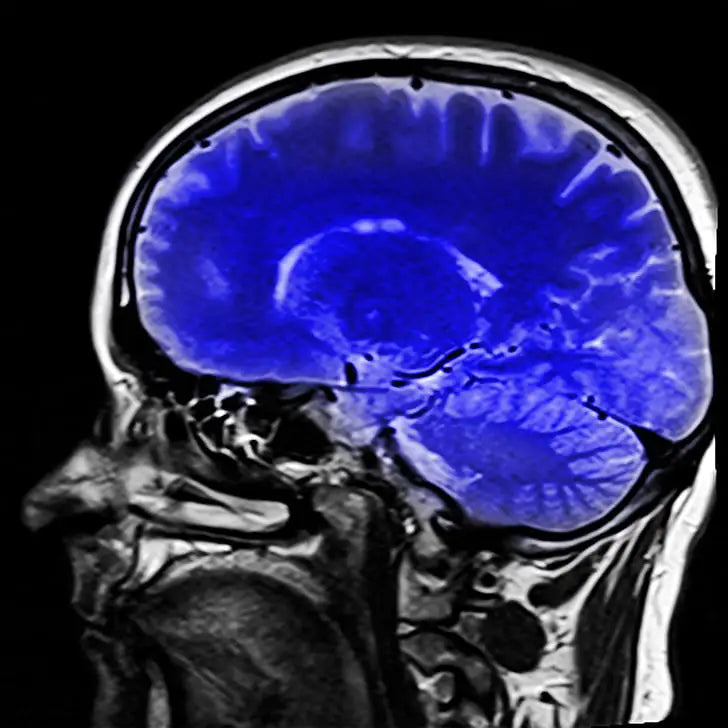
The field of radiology lends itself to earlier detection of diseases, proper treatment decisions, and better monitoring of the effectiveness of those decisions!
It is a rapidly evolving medical field, and our Southern California radiology teams have been honored to be at the forefront of truly exciting radiology innovations!
Table of Contents
- A brief history of precision imaging
- Types of precision imaging
- What is the future of precision imaging?
A brief history of precision imaging
The history of precision imaging can be traced back to Dr. Wilhelm Conrad Röntgen who in 1895, observed cathode rays, an electric current passing through gasses at very low pressure points, could be fluoresced and captured on a physical image under certain conditions.

This discovery, which he named 'X-rays', built on top of previous research by J. Plucker, J.W Hittorf, C.F Varley, E. Goldstein, Sir William Crookes, H. Hertz, and Ph. von Lenard, whose scientific works observed cathode rays for the first time.
However, Röntgen's observations of cathode rays led to the discovery of the ability to precisely image those rays onto a paper plate covered on one side with barium platinocyanide. The rays themselves became fluorescent under certain conditions, and precision imaging as a scientific field, was born.
For this discovery, Röntgen won the Nobel Prize in Physics in 1901!
Since the discovery, many new precision imaging techniques have been refined to visualize the internal makeup of the body. Each technique has its own advantages, disadvantages, and respective use cases.
Types of precision imaging
The most important precision imaging discoveries made in the past century include:
Computed tomography
CT scans, a popular precision imaging technique, was founded in the 1970s. These scans elucidate cross-sections of the body, and is widely used in the radiology field to diagnose a range of diseases.
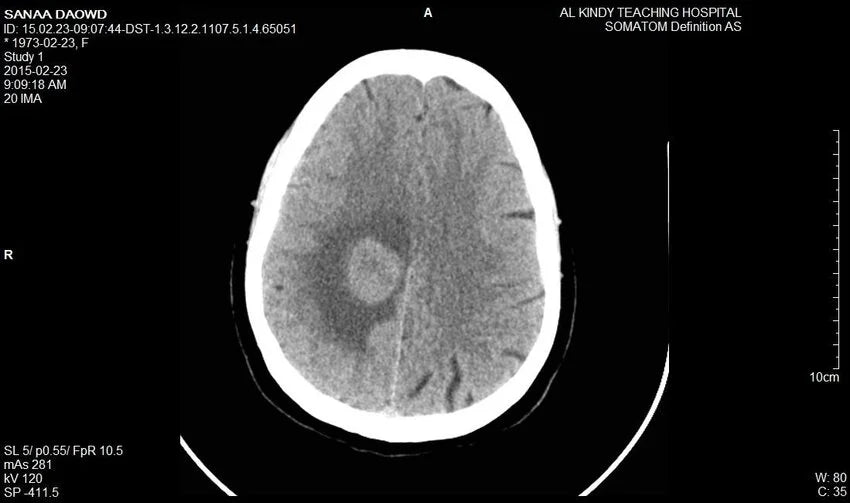
Since they are fairly quick and easy to conduct, and are generally less expensive than other types of precision imaging, they are very popular.
Magnetic resonance imaging
MRI was developed and popularized in the 1970s and 80s. This precision imaging technique generates high resolution images of soft tissue in the body.
This can be used to diagnose diseases affecting soft tissues like many cancers and multiple sclerosis!
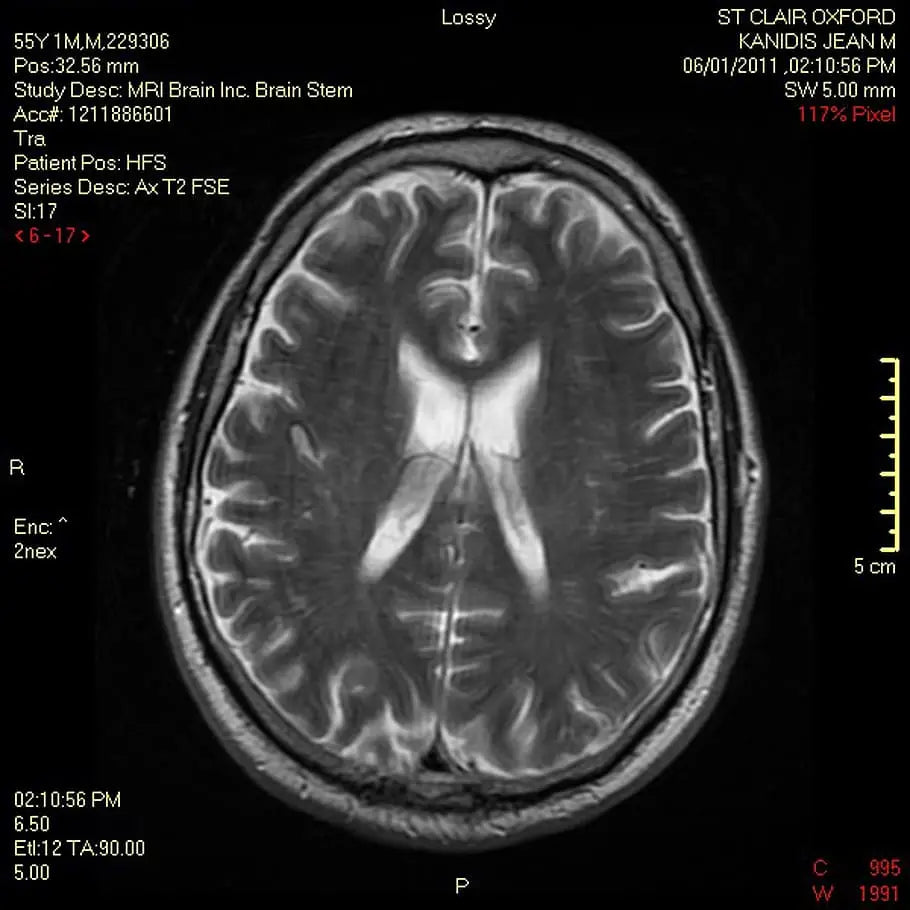
While they are more expensive and time-consuming to perform, MRIs provide radiologists with much higher resolution scans than do CT scans.
Positron emission tomography
PET scans were developed in the 1980s to visualize the metabolism of tissues. This technique can also be used to diagnose cancer and other diseases.
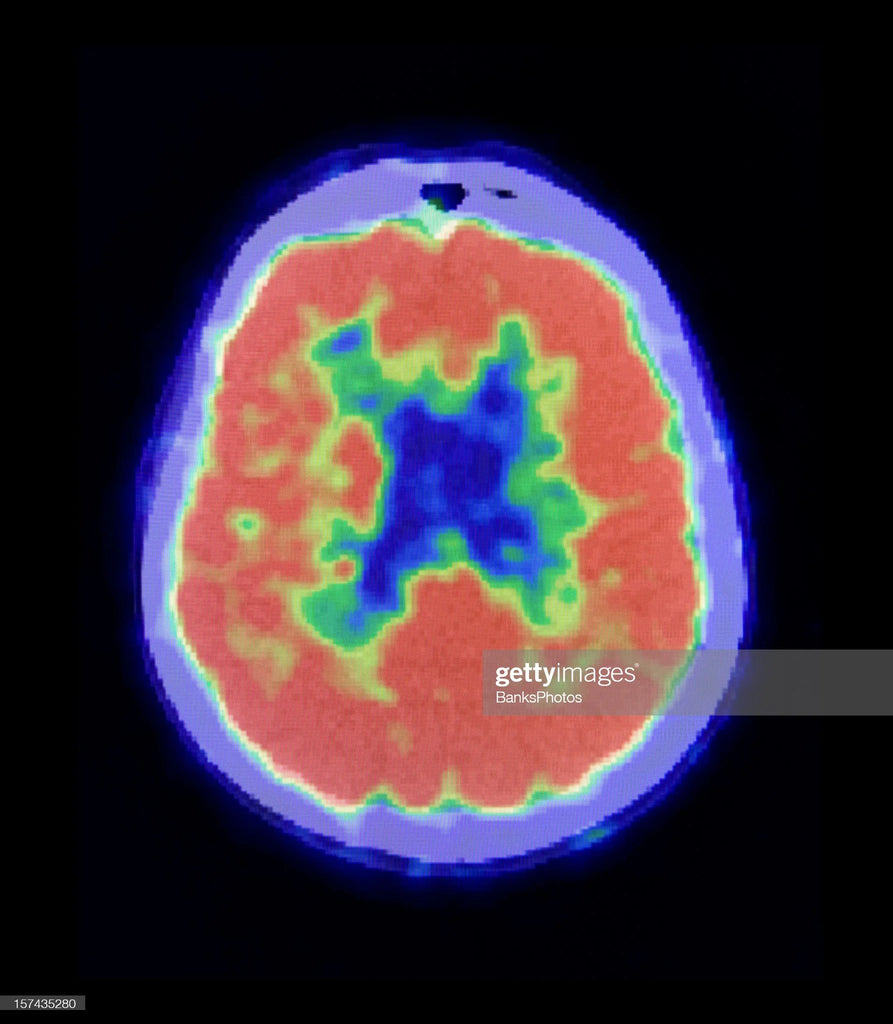
PET scans are often used in conjunction with CT scans so that radiologists can attain more information about the location and seriousness of a disease.
Ultrasounds
Ultrasounds, the most common pregnancy imaging technique, were developed in the 1950s in Glasgow. However, it wasn't until the 1970s that it became widely deployed to diagnose the health of fetuses in pregnant women.
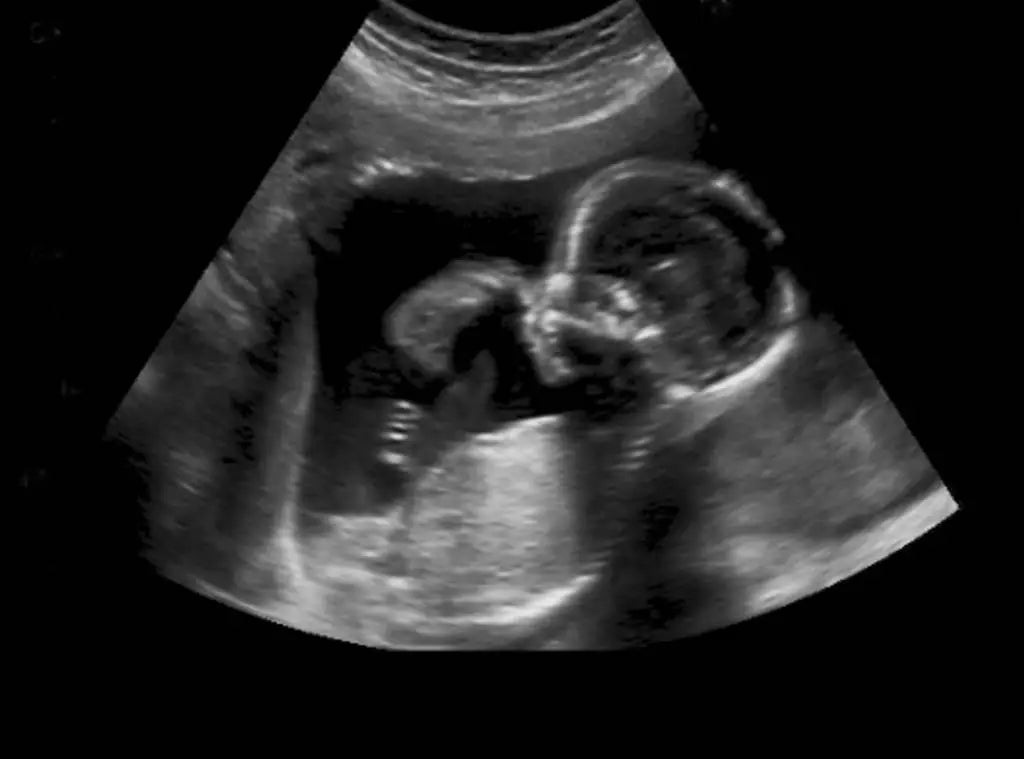
By emitting ultrasonic sound waves, ultrasound imaging maps the internal structures of the womb by measuring the echoes from those sound waves.
Not only is it used to image the fetus, it is used to confirm pregnancy, the sex of the fetus, and helps to detect fetal abnormalities such as microcephaly!
Optical imaging
Advances in optimal imaging use light waves to create images of superficial tissue. This precision imaging type is non-invasive in nature.
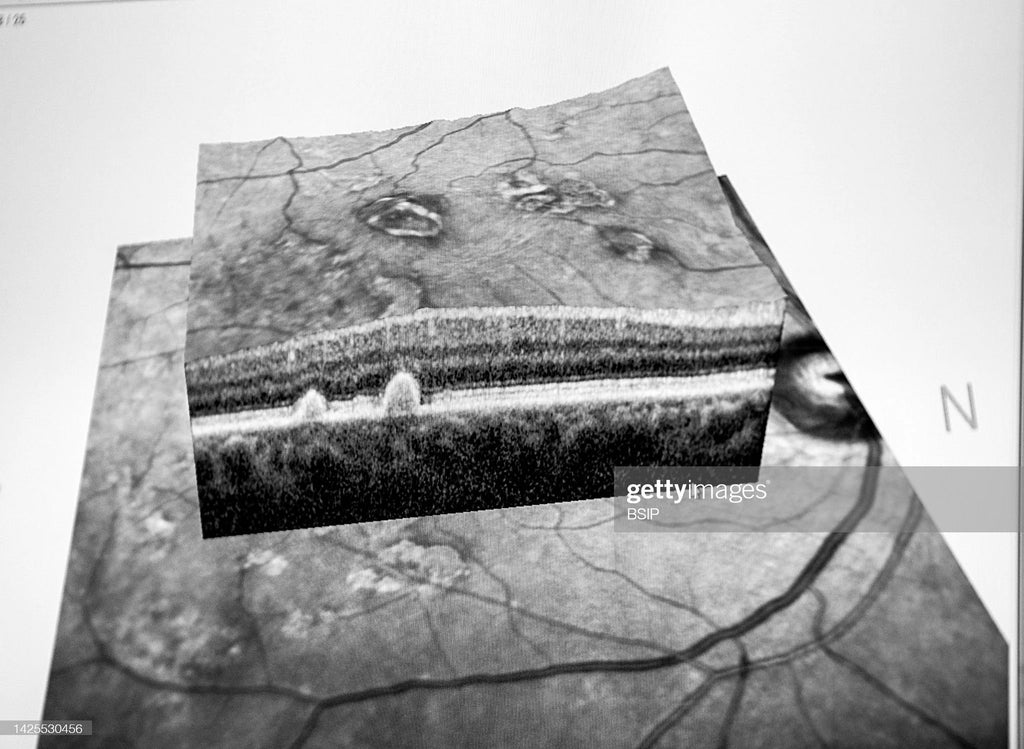
Examples of optimal imaging include optical microscopy, spectroscopy, endoscopy, scanning laser ophthalmoscopy, laser Doppler imaging, and optical coherence tomography.
What is the future of precision imaging?
Precision imaging is one of the most exciting areas of development in the medical field. There are many promising innovations in the works that will help radiologists make even more accurate and accessible disease diagnoses.
The most promising new innovations in the world of precision imaging include:
Molecular imaging
Molecular imaging involves the precise application of precision imaging at the the smallest of scales: molecules themselves!
Being able to harness precision imaging techniques at the molecular level will be used to detect diseases even earlier and will undoubtedly save countless lives!
As with other precision imaging types, it will also allow radiologists to monitor the progression of their recommended therapies, so that they can adapt to changing health circumstances with as much precise data as possible.
Multimodal imaging
As its name implies, multimodal imaging techniques combines two or more imaging techniques to provide a more thorough imaging output of the body.
A CT scan, for example, could be combined with an MRI scan to simultaneously image bones and soft tissues!
Personalized imaging
Developments in the field of personalized imaging is another example of a promising development in the radiology field. A patient's genetic makeup can one day be used to select the most appropriate imaging technique for their condition.
The rapidly evolving field of precision imaging presents the world with exciting, groundbreaking new opportunities to improve health outcomes through technology. Making safer, more accurate medical decisions is key to unlocking not just longer lifespans, but longer periods of living at peak health.
We are excited to see precision imaging change the world for the better up close, and to help patients realize fuller, healthier lives!
If you would like to schedule a radiology appointment in the Greater Los Angeles area, please do not hesitate to give us a call.
Alternatively, you may also schedule an appointment with us online!

